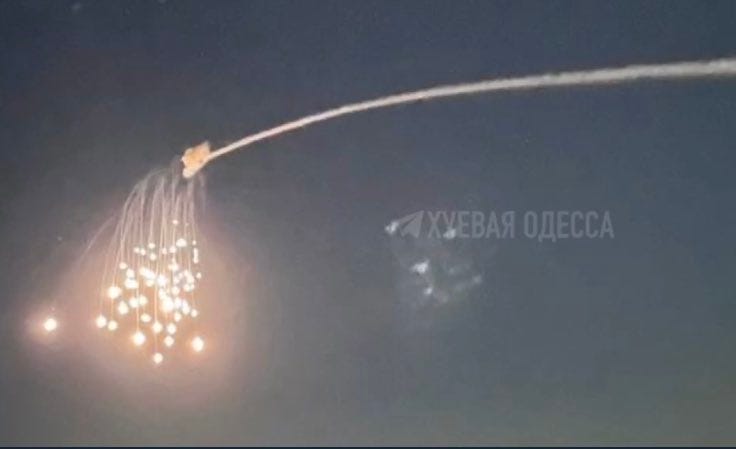Security Partners Quietly Up-Arm Ukraine For Spectrum Dominance
Electromagnetic force mobilization
Desperately short of drones, Vladimir Putin turned to Iran for help. Teheran has supplied hundreds of unmanned aerial platforms, but only to limited effect. According to Oleksii Reznikov, Minister of Defense, the Ukrainian Air Force has neutralized “suicide drones” like Shahid-136 (see above) using powerful jammers.
We tu…
Keep reading with a 7-day free trial
Subscribe to Polemology Positions to keep reading this post and get 7 days of free access to the full post archives.




